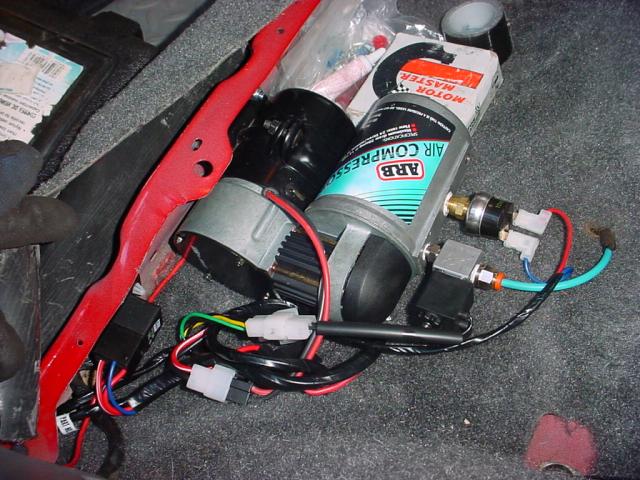The cooling effect observed with carbon dioxide is the result of the change of state. Once the vapor has warmed up, it follows ambient temperature. The primary advantage is a lot of gas can be carried in a small cylinder.
Unless the device "consumes" a lot of gas, the cooling effect does not really come into play. However the best way to use carbon dioxide as a pressurizing agent is to regulate it into a small vessel and from there into the device being operated.
Best to worse choices for pneumatics....(IMHO)....Nitrogen, Carbon Dioxide (if approved by manufacturer), "Scuba" air (dehydrated and filtered during pressurization), Noble gasses such as argon, the absolute worst is "compressor air" in which the air is used directly from the compressor unless the device being operated is designed to work with moisture and dirt in it's pressure supply.


